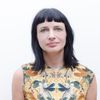This blog is part of a month-long focus around sustainable fashion across HuffPost UK Style and Lifestyle. Here we aim to champion some of the emerging names in fashion and shine a light on the truth about the impact our appetite for fast fashion has around the world.
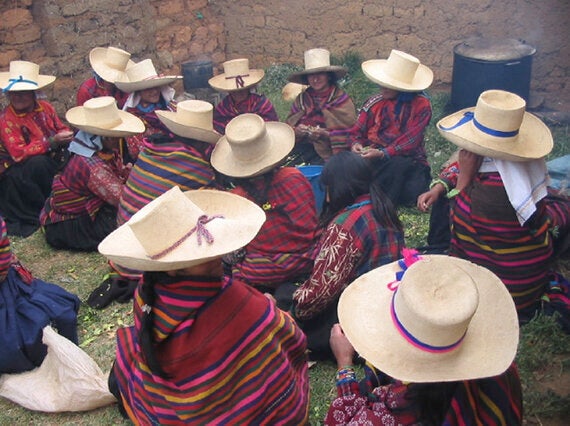
In the book Fixing Fashion, to be published next month, author Michael Lavergne says
The history of global textile and apparel industries... is mired in vicious cycles built on a foundation of exploitation for profit. To break free from the systems of production, distribution, employment and trade policies... will take a re-engineering of our social values and economic constructs nothing short of revolutionary.
But where do we start to look for this new, revolutionary economic model?
Before my life was hijacked by Fashion Revolution, which metamorphised from a crazy idea in the bathtub into a global movement in 80 countries, I had started writing a book. The working title is Business Secrets of the Incas and it is about the lessons we can learn, economically and socially, from Andean culture. I came into the fashion industry 23 years ago, somewhat by accident, after an MA in Native American Studies. It was after researching the textile industry in Ecuador that I decided to set up Pachacuti, meaning 'world upside-down' in Quechua, to help redress some of the inequalities in the fashion industry.
If there is one very obvious lesson we need to learn from the current economic climate, it's that the system isn't working for us. We need new ways of operating - an alternative worldview.
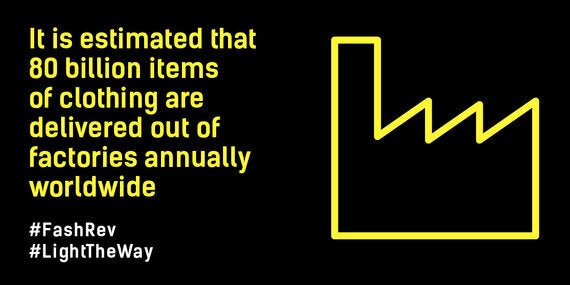
After centuries of imposing Western notions of development on indigenous communities around the world, it may be time we finally realised that perhaps we can learn something from people who established stable economic systems, at least until we arrived to tamper with them, and who managed their society and its ecosystems in a sustainable manner.
The indigenous cultures of the Andes still practice belief systems which have prevailed in the region for millenia. Although many of these concepts are linked to the Inca culture, they drew on the views of past cultures such as the Huari and incorporated different belief systems as they expanded their empire. We must be careful not to idealise traditional societies and former ways of life, but I do believe we can look to the worldview of Andean cultures to find ways to address the unsustainable growth model of our current economic system.
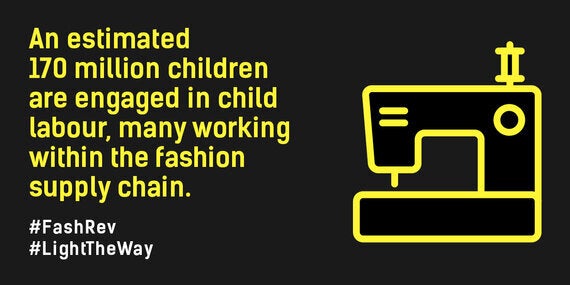
The Andean worldview embodies a very different way of being within the world. Andean thought is hard to take out of context and we will never be able to put ourselves into the mindset of someone who sees every stone in the field, every potato they plants, as a living part of their ayllu. The concept of ayllu is difficult to define, but is seen as the basic cell of life, comprised of nature, humans and spirits who live in solidarity and harmony. For Andean peoples, divisions of time and space disappear, as do divisions between humans and the natural world.
Ecuador has drawn from its indigenous past and has incorporated the concept of sumak kawsay, into its approach to development, becoming the first country in the world to legally recognise the rights of nature in 2008. Sumak kawsay in Quechua or Suma Qamaña in Aymara is often translated as simply 'living well', but the concept is far broader. It does not mean living better than anyone else, nor does it imply the accumulation of material wealth; it means living well together, with mutual support, sharing knowledge and community wisdom. Bolivian president Evo Morales describes it as
"living within a community, a brotherhood, and particularly completing each other, without exploiters or exploited, without people being excluded or people who exclude, without people being segregated or people who segregate."
Sumak translates literally as 'beautiful', but what is beauty? In the Andes, something which is beautiful is typically something which is well-balanced, something ayni. The Incas strived for an animated cosmos, embracing the inflow and outflow of ideas and beliefs. Ayni was the system of equilibrium and reciprocity they used to achieve this. Everything in the Inca world was based on ayni. Everything was done both in solidarity with the rest of the community and through a system of exchange with neighbouring communities and cultures based on mutual respect, solidarity and justice.
Cooperation typically makes everyone better off. The modern cooperative movement dates to a group of 28 workers, more than half of whom worked in the textile trade. As the Industrial Revolution forced skilled workers into poverty, the idealism and vision of a better social order inspired the creation of the Rochdale Equitable Pioneers Society. The Rochdale principles include limitations on member compensation and appropriate use of surpluses and working for the sustainable development of their communities.
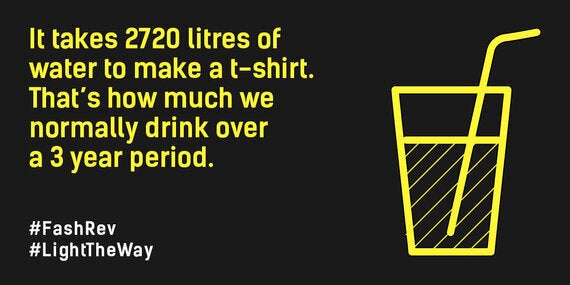
The Sustainable Development Goals set a target for transforming our world by 2030, but as Jason Hickel expressed in the Guardian last week, the business-as-usual approach has to change. We simply cannot continue to see growth as our principal strategy for eradicating poverty. Sumak Kawsay presents an alternative paradigm to development, recognising that we can adopt a different economic and social model. I believe the Andean worldview can help us consider new ways of engaging with one another and with the world.
HuffPost UK Lifestyle is running a special series around Sustainable Fashion for the month of September. Livia Firth is creative director of Eco-Age and founder of The Green Carpet Challenge, and will be guest editing on 18 September. If you'd like to blog or get involved, please email us.
